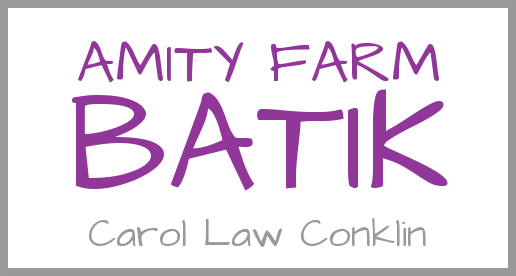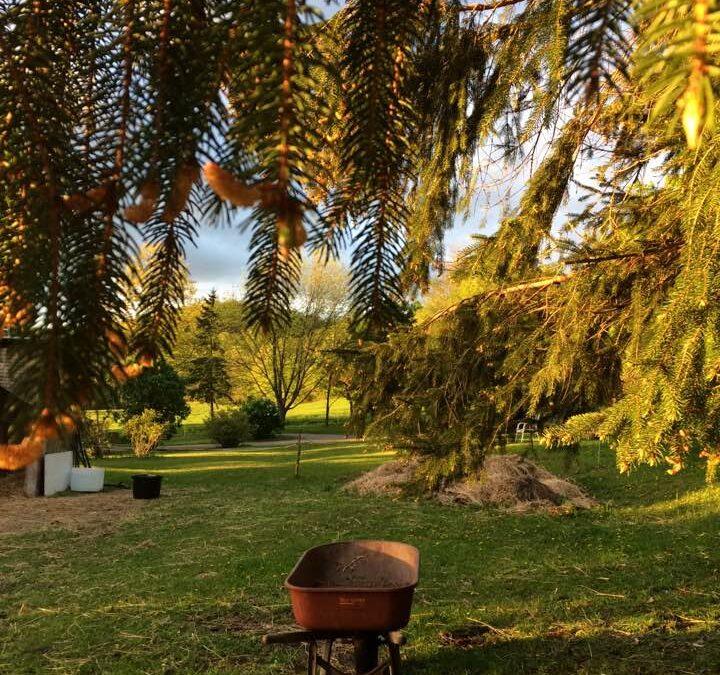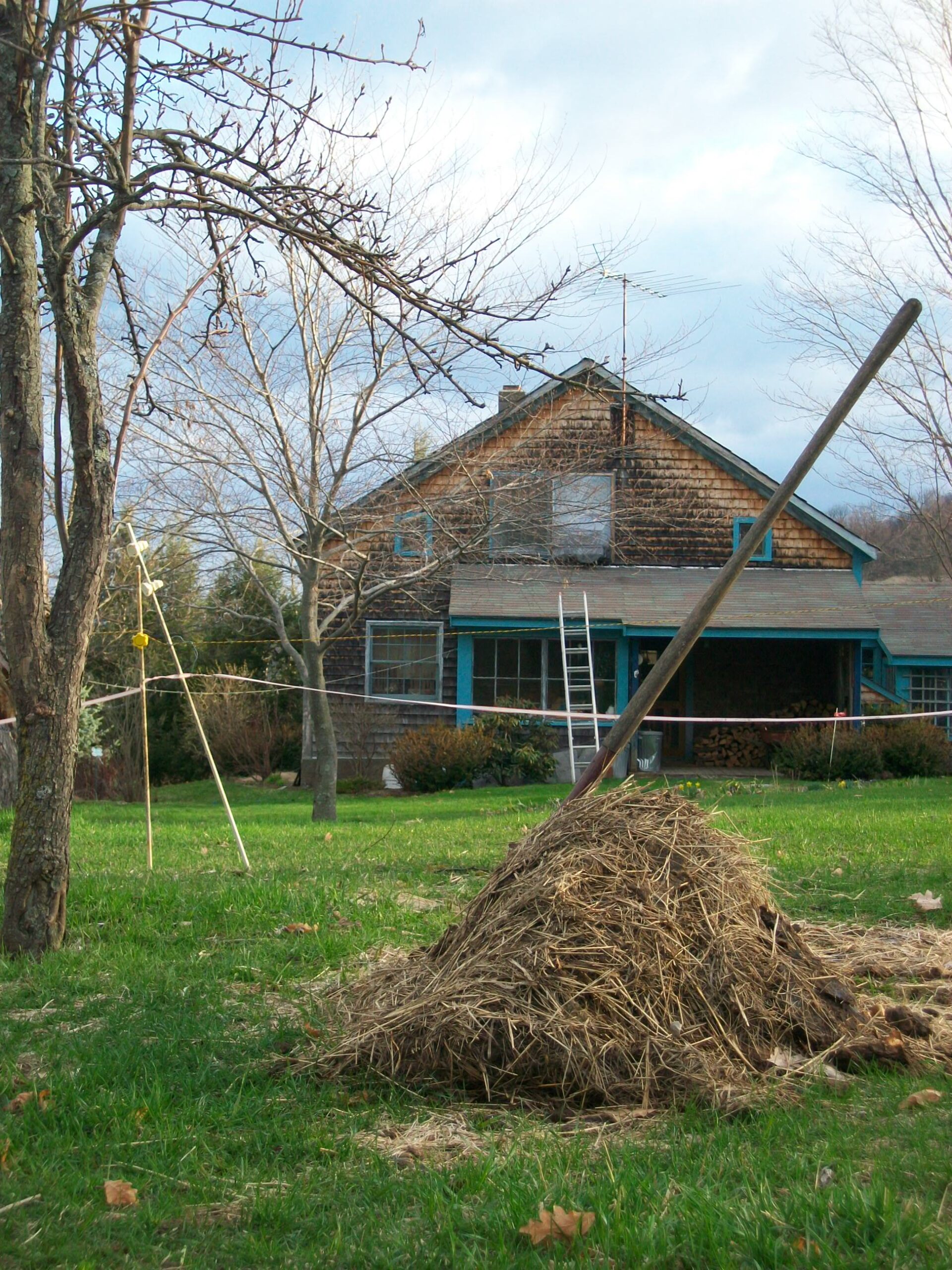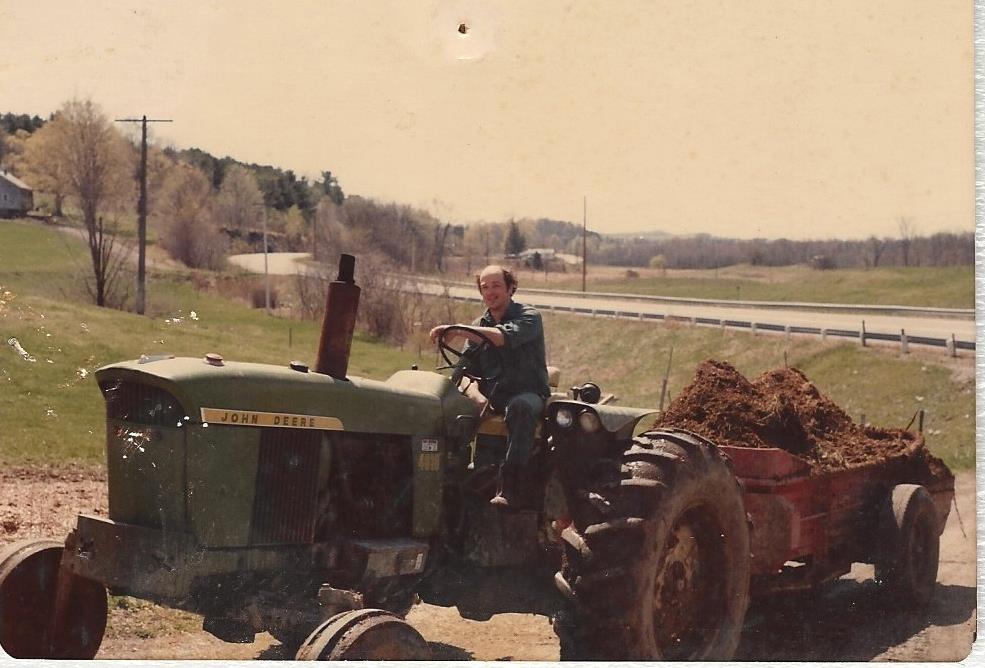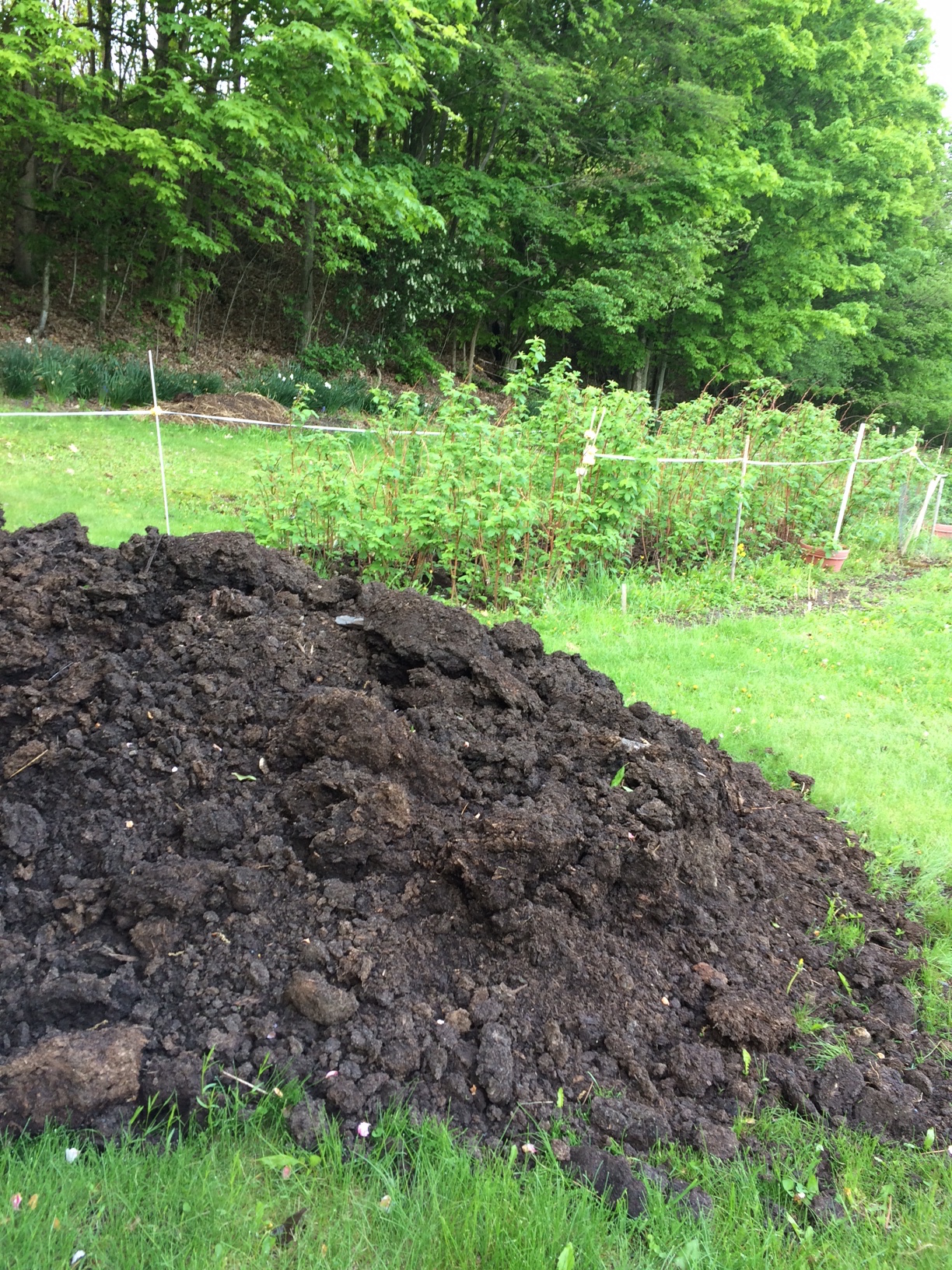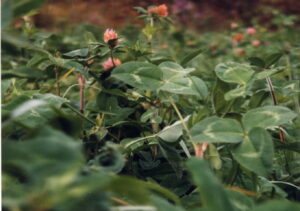
Clover
Dick and I looked out on the field. It looked like a broken up parking lot, likely an old drive in movie theater, but we were at the top of the hill looking out on what had been a cornfield. The land maps had listed the soil type as Nassau Shaley loam, but only the pieces of shale showed now.
It was the first crop season on our new farm and we had seen the farm it was snow covered, with no idea how the land actually looked. The land had not been used for over a year since the owner farmer had died. The earth needed fuel to produce new crops and what better than the cow manure produced daily by our herd of jersey cows.
Call it what you want, it is the same stuff, it stinks!
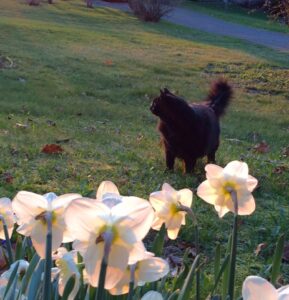
The cat and the flowers.
We would spread the manure daily on the fields until the first hay crop was completed and then we would pile it to use later. Cows don’t like the fresh poop on their food… What a surprise! Manure on pasture would be avoided until fall after the grazing season and then spread with stored rotten manure which had turned close to soil. The land needed lots of this.
We were classified as HEL land, which stands for Highly Erodable Land and as beautiful as our upland fields were, there was a danger of erosion, and they did need to be handled a certain way.
“A certain way” would mean that seedings of grasses and legumes were more favorable to holding the soil than corn. And when rotating the crops to grow corn, the land should go through minimum tillage rather than plowing deeply down into the soil, which makes it soft and fluffy but also makes it more likely to flow away.
So we did go onto a conservation program of putting some of the corn land into alfalfa and grasses, and some into clover and grasses. Fields that were planted with a legume, clover or alfalfa led to higher milk production when the cows ate it.
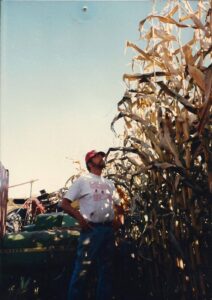
Dick with his prize crop of corn
After several years, the land would be rotated back into corn. This program led to much higher yields, along with all that beautiful cow poop that was spread on the land. You can see Dick with a prize field of corn as he’s getting ready to start chopping it for silage for the cows, and you can see what results putting the cow manure back onto the land makes.
Over time, I have come to think of the manure as future earth, and have taken any cleanings from Steppin, my cow, and Vanilla, my llama, and piled them carefully to the side. As time goes on, everything is broken down into a beautiful soil, which is much more valuable than the dirt just sitting there on our shaley rocks and I think from my beautiful pictures of flowers and vegetables, you can see what the results are.
I get out there with my trusty wheelbarrow every day, winter and summer, to make sure the poop is picked up and piled, and take it back out two years later as beautiful black soil.
- Cleanup from Steppin. Now it’s time for the wheelbarrow.
- Dick heading off with a big load of poop.
- Black gold. It took two years to get like this.
